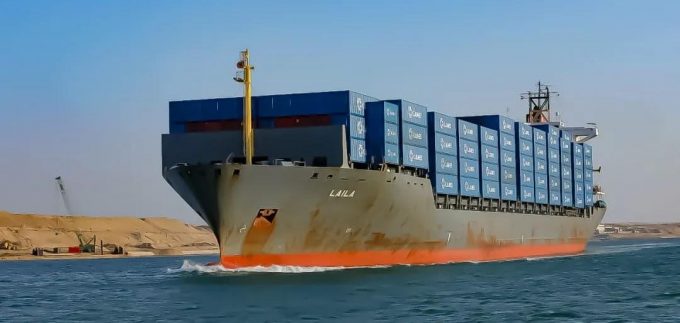Charter market still heated, lack of open tonnage keeping rates high
Some VOCCs [vessel-operating common carriers] appear to be “shifting strategies” for ship acquisition in response ...

Until recently the mid-size and large containership charter market has been relatively sheltered from the downturn in liner shipping, but a maritime consultancy says it believes a “material decline in charter rates is on the cards”.
In its July Horizon report, Maritime Strategies International (MSI) says ...

Comment on this article